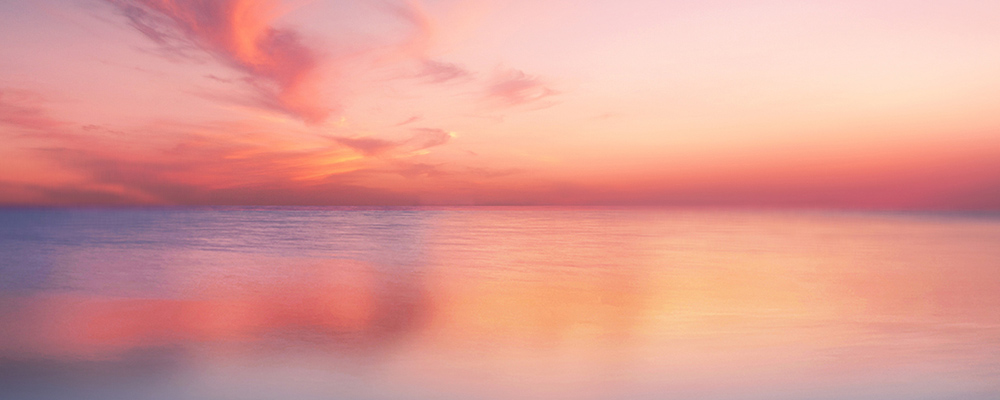Place: Yaoquan Lake
Butterfly can be divided into 4 superfamily of 17 species in the World. But there are 7 species of 80 families in Wudalianchi. Most of them are hesperiidae, papilionidae, parnassiidae and nymphalidae. Parnassius apollo is the most precious one.
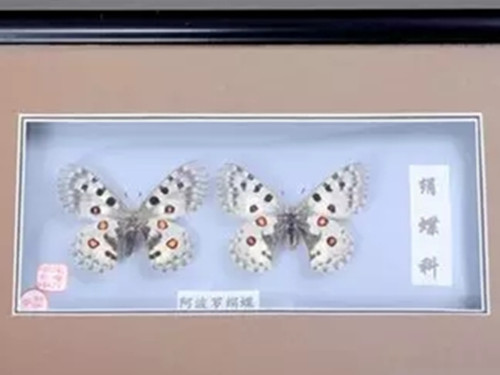
Name:Lichen
Place: Lava terrace of Laohei Volcano
Lichen is symbiotic association between fungus and photosynthetic organism. The form and the multiply of next generation depend on the fungus. That is to say, lichen is a kind of special fungus. Lichen is the lower plant of symbiotic association between fungus and algae.
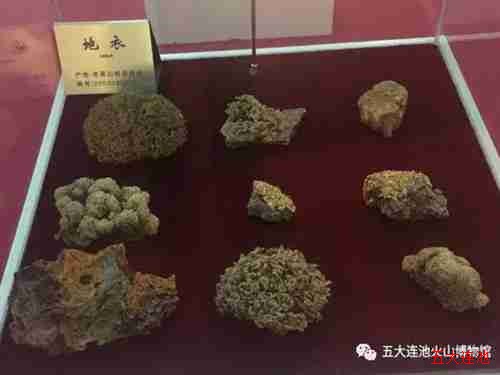
Name: Agglomerate
Place: Laohei Volcano
Agglomerate is a kind of consolidated pyroclastic rock. The diameter is greater than 64mm. It is scattered near the cater or filled in the crater.

Name: Lamination of driblet cone
Place: The west of lava terrace of The Fourth Lake
This is a small part of driblet cone. When lava flow oozing out from the volcanic crater passes moist waterlogged ground (small puddles or frozen ditches), hot lava and cold water produce small punctuate distributions of hot vapour upon contact. Hot steam and small pancake lava effuse and extrude from the crack intermittently. These materials settle around small vents.
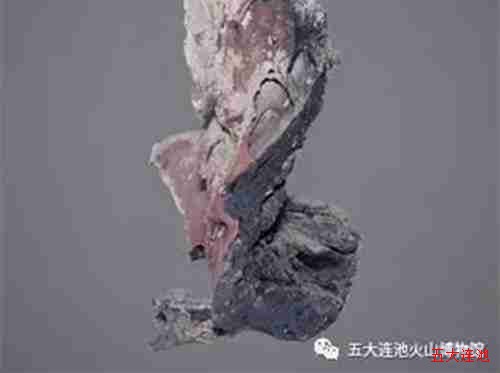
Granite is the key component of the crust. It is a kind of magmatite congealed under the earth’s surface. Granite is mainly found in quartz and feldspar. It is resistant to weathering. The form and color can be kept for hundred of years.
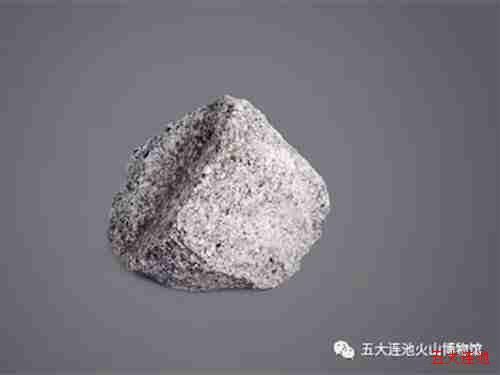
Name: Basalt
Place: Lava terrace
Basalt is a type of rock formed by volcanic eruption. It is rich in potassium and contains leucite. It is a kind of basic effusive rock which is black-grey in colour and compact or porous in structure.
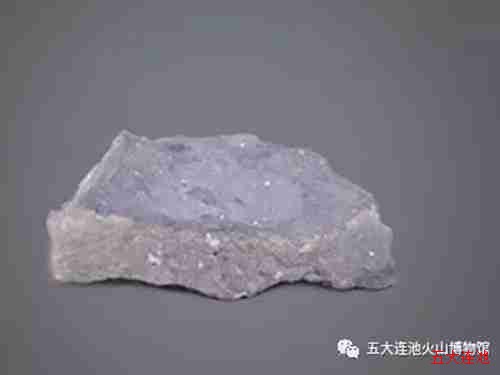
Name: Volcanic bomb
Place: The east slope of Laohei Volcano
When a volcano erupts, magma is blasted into fragments and shot up into the air. After cooling in mid-air, it drops to the ground and forms volcanic bombs. Volcanic bombs are mostly spindle-shaped, rounded, braided or in strips.

Name: Pumice
Place: The south slope of Huoshao Volcano
Pumice is a type of vitric acidity volcanic effusive rock. It is light in texture with concentrated pores, so it can buoyant. It is similar to rhyolite.

Name: Lapillus
Place: The crater of Laohei Volcano
Lapillus is a type of volcanic pyroclastic which the diameter is 2-64mm. It means small stone in Italian. The form is irregular and subround. It can be found in Laohei Volcano and Huoshao Volcano.

Name: Scoria
Place: The south slope of Huoshao Volcano
Scoria is a type of volcanic pyroclastic which the element is similar to basic or intermediate igneous rock. It is a kind of porous rock formed by silicate magma of volcanic eruption.
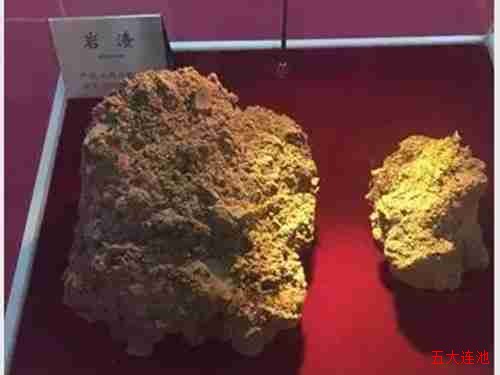
Name: Pahoehoe lava
Place: Lava terrace in the west of the Fourth Lake
The surface of lava flow cools down and forms plastic shell, while the interior magma keeps flowing and pushing forward to form new shell. Pahoehoe lava is oddly in shape and is called lava sculpture.

Name: Rope-shaped lava
Place: Lava terrace in the southwest of Bagua Lake
It is a type of pahoehoe lava. The shape looks like a rope.
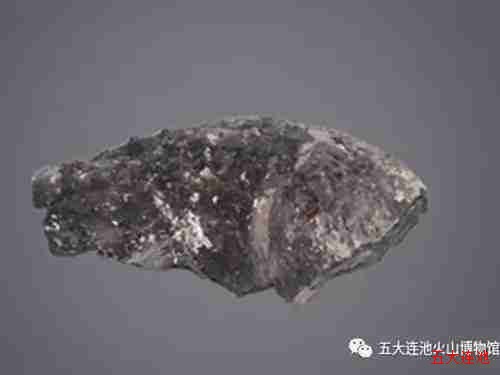
Name: Raft-shaped lava
Place: Lava terrace in the northwest of the Fourth Lake
It is a type of pahoehoe lava. The shape looks like a raft.
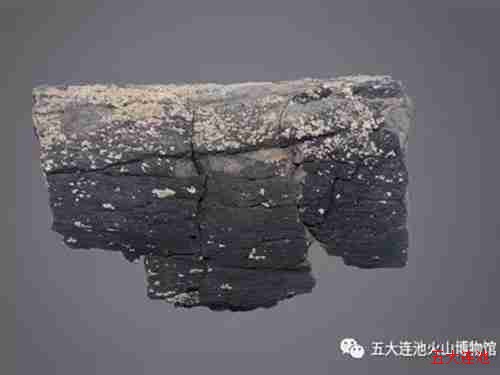
Name: Stalactite
Place: Lava terrace in the south of Laohei Volcano
Stalactites hang from the roof and wall of lava tunnel. Some of them are formed by flowing lava dripping from the roof, while others are formed by hot lava and vapor from the underground remelting the roof. Stalactites are not only composed of lava, some stalactite are composed of sulphur and opal.
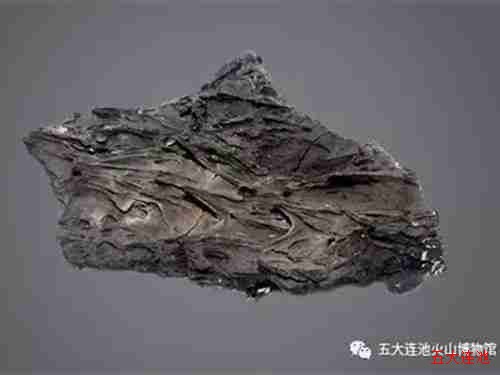
Place: Tengchong National Park, Yunnan Province
Sinter is a type of chemical sediment which geothermal water and vapor containing minerals and mineral salts exist in the fissure of rock and on the ground. The sample is given by Tengchong National park.
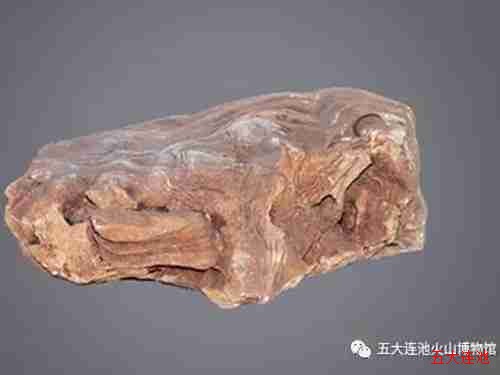
Name: Tree of life
Place: Russia
Tree of life is the totem of Russia.

Name:Ammonite fossil
Place: Italy
Ammonite existed in Middle Ordovician to Upper Cretaceous. The surface is similar to the texture of chrysanthemum. Ammonite is classified into 9 order, supporting 80 superfamily, 280 family and 2000 genus, as well as some species and subspecies. This sample is given by Madonie UNESCO Global Geopark in Italy.
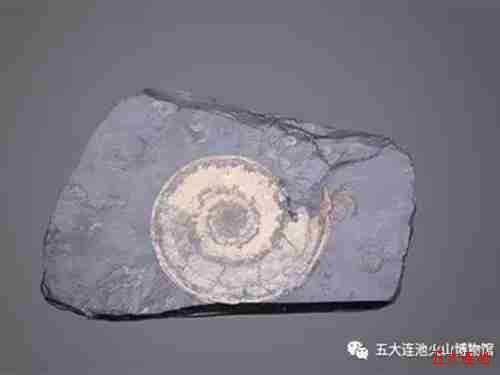
Place: Madonie UNESCO Global Geopark, Italy
With an area of 25,700km2and the coastline of 1484km, Sicilian Island is under the administration of sicilian district of Italy. It is the biggest island in Mediterranean Sea with the population of 5 million. We can appreciate the charming scenery of Mediterranean Sea in the miniature. Etna Volcano is the largest and the most active one in Europe. The miniature is given by Madonie UNESCO Global Geopark.
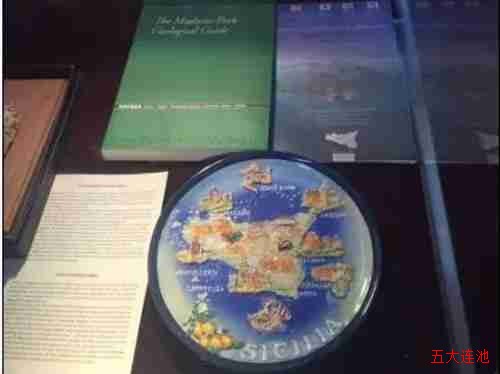
Place: Lesvos Petrified Forest UNESCO Global Geopark
The oak leaf was imprinted in volcanic rock in the period of Lower Miocene. The sample is given by Prof. Nicolas Zouros, chairman of UNESCO GGN Bureau and director of Lesvos Petrified Forest UNESCO Global Geopark.

Name: Rhyolite
Place: Hong Kong UNESCO Global Geopark
Rhyolite is a type of igneous rock. The chemical element is similar to the granite. The rock is grey, pink or brick-red in color with porphyritic and rhyotaxitic structure.

Place: Yuntaishan UNESCO Global Geopark
It is a type of aubergine siltstone which was formed in the environment of coastal beach in the period of Mesoproterozoic. The area of Yuntaishan sank into the bottom of sea or came out of the surface with the rising and falling of the sea level. The ripple and crack was formed in that condition. The ripple is asymmetric with the length of 10cm and the height of 1-1.5cm. There is mud crack structure overlapping the ripple. The iron element is oxidized to be red in color.

Place: Taishan UNESCO Global Geopark
Trilobita existed in the earth for 0.32 billion years. It can be found in the period of Cambrian and extincted in the period of Permian. Trilobita evolved into various kinds. Some are 70cm in length, while some are only 2cm. The carapace can be divided into three parts.

Name: Basalt
Place: Leiqiong UNESCO Global Geopark
The main elements of basalt are silicon dioxide, aluminium oxide, ferric oxide, calcium oxide, magnesium oxide. The content of silicon dioxide is 45%-50%. The color of basalt is black, dark brown or dark green. The sample is dark brown and given by Leiqiong UNESCO Global Geopark as a gift.
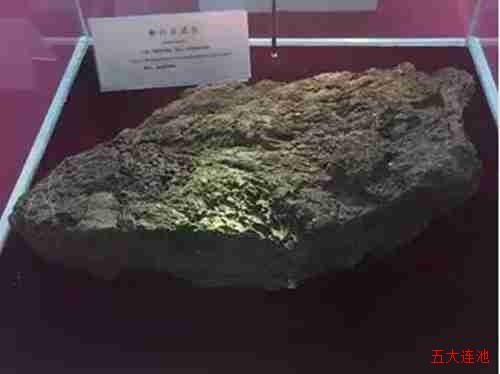
Place: Badan Jaran
The sand is collected from Alxa League. Alxa Desert UNESCO Global Geopark is a comprehensive geopark with natural landscape and cultural landscape. It is the only desert geopark in China. The sample is given by Alxa Desert UNESCO Global Geopark as a gift.
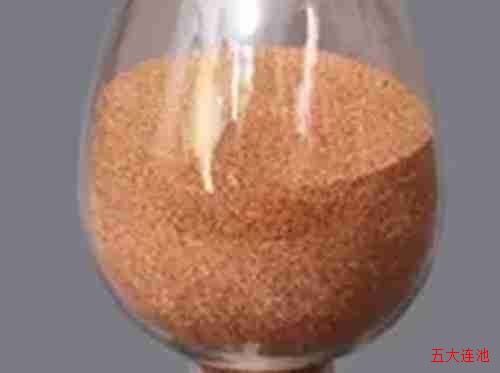
Place: Alxa Desert UNESCO Global Geopark
Desert rose formed by cooled magma appear in the riverbed of Guruo. Under the circumstance of natural conditions changing and wind erosion, or quartz sand congealing, it looks like a rose in shape.
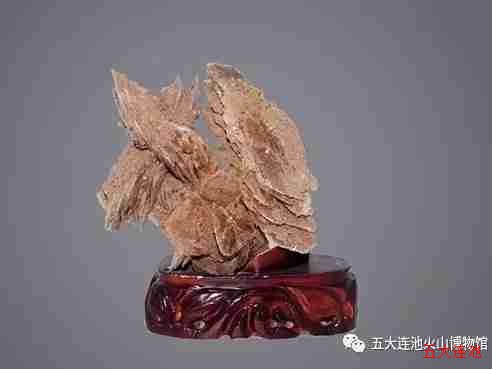
Author:司永超/Jessica

